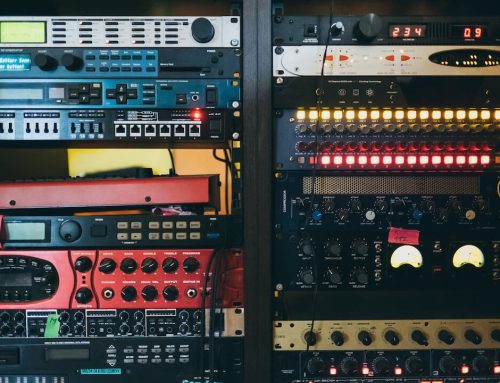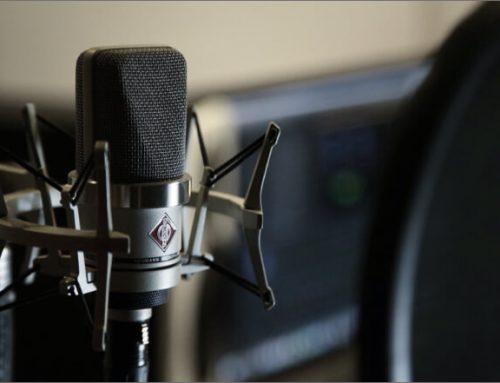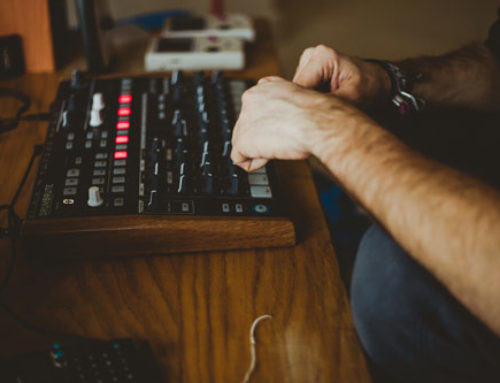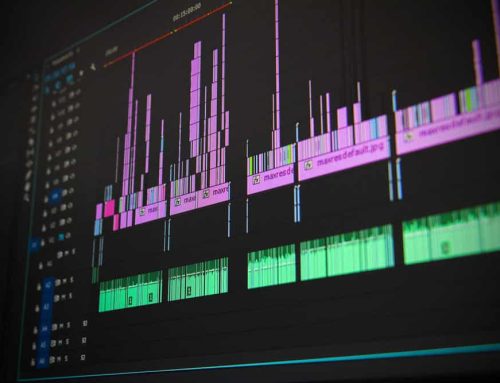Intro
As much as we may hate it, mistakes are part of life. Without them, we wouldn’t be able to learn from them and become better at whatever we want to achieve. Sadly that takes effort and time, but why not save us some of that by looking at others’ experiences? In this article, I’ll share with you some game-changing tips that I wish I knew before that made me improve the quality of my mixes by 200%!
1) Not checking the mix in mono
Most of the music we hear is in mono: speakers, club systems, even radio broadcasting. Some mixes sound great in stereo, but not the other way around. That’s why it is so important to check if your mix will sound good on other devices too. But how? Every DAW has a different way to do it. If you’re not sure how just Google “stereo to mono (name of your DAW)”. In Ableton (and after stereo mixing my song) grab the utility tool and put it on the master channel. By clicking the button “mono” it turns automatically the stereo signal into mono, allowing you to expose phase issues, which otherwise you wouldn’t be able to hear and fix. Check this to improve your audio quality (for you) and all listeners!
Read “3 tips on referencing your mix on multiple playback systems“
2) Not changing the Buffer Size
Latency? We’ve all been there, but the answer is never easy if you don’t understand how it works. Putting it simply, it determines how fast the computer processor can handle the input and output information. So leaving the Buffer Size still through all the music production process might be weighing down your workflow. Don’t forget that computer specifications and the audio interface play a crucial role in this too.
Set a low buffer size (96 – 128) only if you’re recording vocals/instruments. This will allow the computer to process the information quickly, but using a lot of the processor and system resources instead. In other words: non (or significantly less) latency while recording.
If you’re not recording then go for a high buffer size (512 – 1024) for smoother DAW performance. The computer processor will handle the information slower, but taking fewer system resources. If you ever had problems running multiple plugins at a time, this could be the fix you’ve been waiting for.
3) Not tuning the Kick Drum
Yes, percussive elements have notes and to achieve a solid low end in any mix the bass drum should be in tune with your bass or the root note of the overall scale of the song. Especially if you’re working in electronic music genres where the kick is more predominant. There must be a harmonic relationship between your song elements, otherwise, they will be dissonances that can’t be fixed no matter how much processing you make afterward. For example, if your song is in C, but your kick sample is in F, but tuning it to C is too low for the track, you can always tune it to E (3rd) or G (5th) and see how that works. As they are on the same scale it will sound harmonic too.
There are two ways I tune my kicks. The first one I try is putting a spectrum analyzer on the audio channel of my bass drum (in Ableton I use the EQ eight internal plugin) and focus on the peak on the low-frequency area. By putting the mouse above that peak it tells me the note is reaching. Note: using a tuner on it will not work because the sound it’s too short to be analyzed.
If the previous option doesn’t work (due to lots of harmonics peaking on similar levels) I transpose the kick 12 semitones (one octave) up. By listening to the kick higher, it is easier to recognize which note it is and that allows us to match it with a note from any instrument we like. After fine-tuning it to the song’s key, just transpose back the 12 semitones from the new tuning to the one on the original octave.
4) Refusing to use Reference Tracks
I always fought against this, due to creativity matters, but only because I was looking at them the wrong way. There are many ways to use reference tracks and not feel guilty in the process. I have used reference tracks to check mixes, arrangements, or even sound design. Producers and engineers use them at all stages of their careers and it’s a great way to make sure your mixes are as good (or near) to commercially successful releases.
If you’re new to using a mix as a reference, the first step is to pick a song that best represents that final mix you want to achieve. It’s really important that your project shares similar elements with the reference. Grab it, preferably WAV for best audio quality, and load it to your DAW on the project you’re working on. Subgroup your whole song and name it as you wish, while your reference track stays outside that group on an audio channel. As the reference track is mastered you’ll have to match the playback level to your mix so they share the same volume. To do so I use a free plugin called SPAN which tells me the RMS (Root Mean Square) of both tracks by putting it in the reference track channel and another one on the subgroup of your song.
With the same plugin, you can analyze the audio spectrum of both and start comparing. Do both look similar? If not try matching with an EQ your song so it looks like the spectrum wave of the reference track. Did it improve? Did the boost in your high end make your track more alive? Or maybe that cut on the 200khz area reduced the muddiness of the mix? The most important thing is that now you have a map. Go and find that treasure!
5) Download Vollume Control
Last but not least, don’t forget to download Vollume control for smarter remote collaboration.
Hope these tips help you out as much as they would have helped me in the past. See you next time!
Written by Charly Briede exclusively for Vollume & Musixon







